A total of seven teams will be starting off-season with new head coaches: Cardinals, Bears, Lions, Colts, Giants, Raiders and Titans have set very different priorities in their quest – and presented a wide variety of solutions.
But where do the individual candidates come from? What does your NFL experience look like, your coaching staff? And what tasks do they face? SPOX scrutinizes the franchises individually, Part 1 deals with the Arizona Cardinals, the Chicago Bears and the Detroit Lions.
Previous NFL experience: Defensive Backs Coach (2006-2008/Bears), Defensive Backs Coach (2009-2011/Chargers), Defensive Backs Coach (2012-2014/Panthers), Assistant Head Coach and Defensive Backs Coach (2015-2016/Panthers), Assistant Head Coach and Defensive Coordinator (2017/Panthers).
The most important construction site: The Offense and the quarterback question. There are increasing signs that Larry Fitzgerald is still one more season ahead of him, while David Johnson will be fully restored to the minicamp. But this is also where the predictions about the Cardinals Offense 2018 come to an end, which one can do with a little self-confidence. The resignation of quarterback Carson Palmer gives Arizona cap-space, but at the same time the cardinals will be completely without quarterback due to various expiring contracts at the start of the new league year.
Wilks and managing director Steve Keim’s top priority is to find a quarterback – and Arizona has often been told that the cards will be aggressive. There are many options: bidding on Kirk Cousins, taking risks with Teddy Bridgewater or Nick Foles – or an expensive draft trade up. Anyway, it’s clear that a quarterback has the highest priority.
The fact that the offense is undoubtedly the biggest construction site – defensively Arizona was back in the league top-10 in the second half of the season, with players such as Chandler Jones, Patrick Peterson, Markus Golden, Tyrann Mathieu, Budda Baker and Deone Bucanneon in the top ten – made the head coach commitment somewhat surprising, at least at first glance.
At the same time, however, it also provides a lesson that should not be forgotten: the head coach must first of all be convincing in terms of team and human leadership and the composition of the squad. Scheme aspects are important, but here the focus on the coordinators may wander.
Personal question mark: Tramon Williams and Robert Nkemdiche. Next to Fitzgerald, the cornerback is a key personal for the coming season. Williams signed a one-year contract at the end of July and turned into a more than solid option for Patrick Peterson over the course of the season. This could bring him some offers in the free agency market – if the Cardinals manage to keep Williams and he can build on his strong second half of the season, Arizona would have a very good starting position in the secondary market.
Before that, Nkemdiche must finally put his undoubtedly existing potential to rest. In the 3-4-Defense this never really worked out, Wilks will presumably switch to his preferred 4-3. This should accommodate Nkemdiche and would give Arizona another interior pass rushing presence that was sorely lacking in the pre-season after the departure of Calais Campbell. The Cardinals will have to improve the Interior-D-Line anyway, if you want to switch to a 4-3-Defense.
Nkemdiche could become an X-factor here, especially if Arizona really uses the Defensive Line as an aggressive one-gapping line in the future. At the same time, the increasingly anticipated conversion also brings with it question marks: Does Deone Bucannon still fit into this defense? And what does Arizona do with tyrant Mathieu? Both have been flexible match-up weapons so far, but could play a minor role in 4-3 – and Mathieu in particular would be too expensive.
This is all the more true when you remember the brilliant performances of Budda Baker, a similar type of player, in the early season. Or is Wilks planning with Mathieu primarily as a slot-corner and safety hybrid? In addition to Fitzgerald, Jaron Brown and John Brown are offensive candidates. Arizona’s receiving corps could have a very different face by 2018.
Coordinators: Mike McCoy (Offense), Al Holcomb (Defense)”As a defensive coordinator, nothing is more demoralizing than when the opponent can raise his run game.”
This statement by Wilks himself at his first Cardinals press conference, combined with the fact that Arizona’s best offensive player is Running Back David Johnson, should make it clear where he’s headed:”The Cardinals want to run the ball, often. McCoy is an aggressive play-caller who has shown in his career so far that he can work with a wide range of personnel and have flexible schemes.
However, he also lost the post of offensive coordinator in Denver last season, which was probably too complex and far-reaching. Runs from different formations and heavy sets as well as play action and the overloading of individual defense areas should be the focus in Arizona. Ultimately, of course, much depends on which quarterback ends up in Arizona.
An interesting side aspect here: McCoy looks back on his head coach experience from Chargers days (2013-2016) and several years as an NFL quarterback coach – just like Jason Michael, who presumably takes over as a tight-end coach. Michael coached Marcus Mariota in the last two years. Holcomb spent the past five years as a linebacker coach in Carolina, first with and then under Wilks. It will be Wilks’ Defense: An aggressive one-gap-4-3 with bold Blitzing and a lot of zone coverage.
Page 1: The Arizona Cardinals
Page 2: The Chicago Bears
Page 3: The Detroit Lions
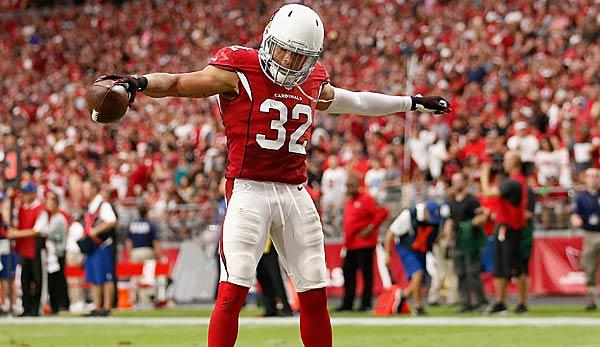



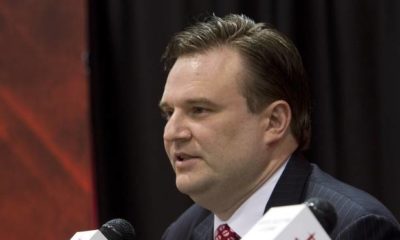

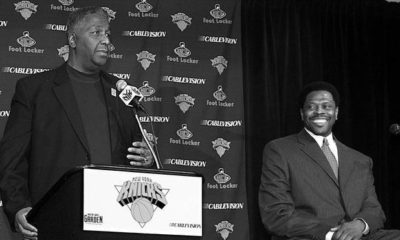
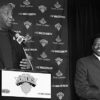
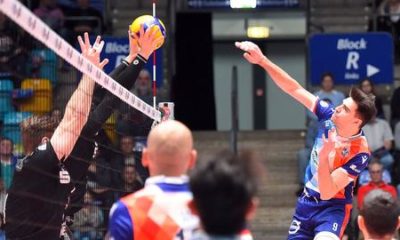

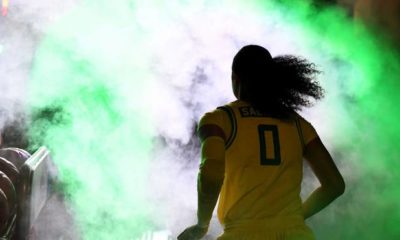








You must be logged in to post a comment Login